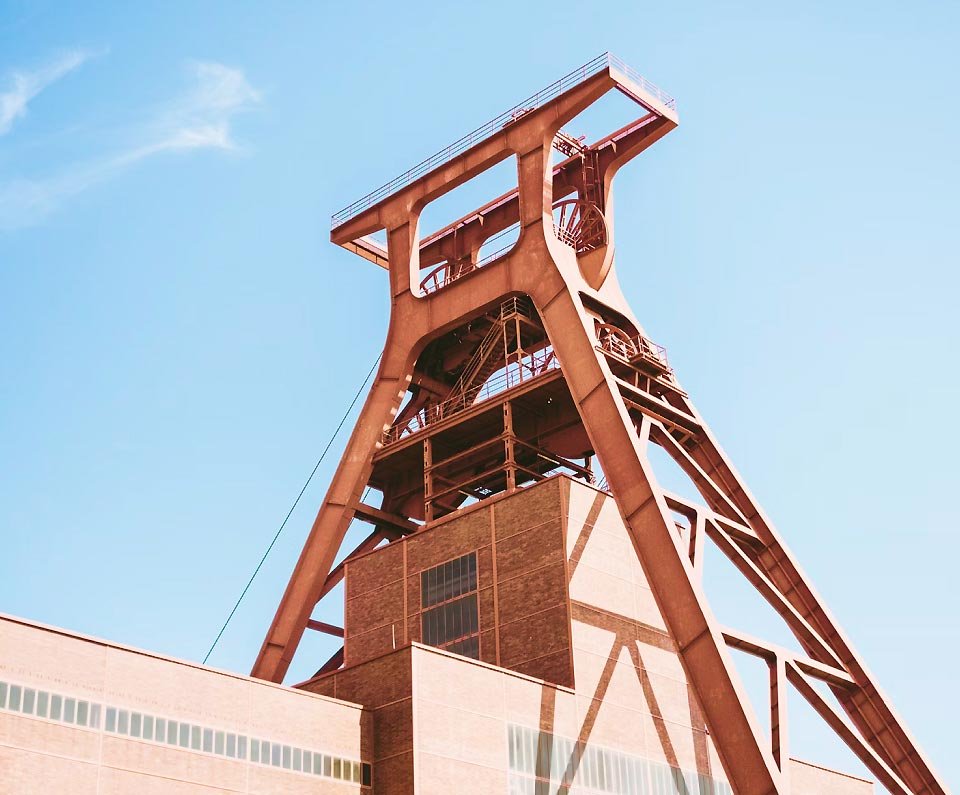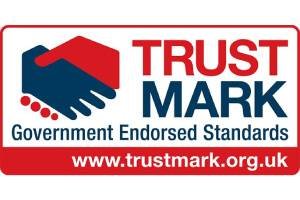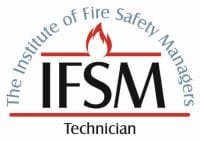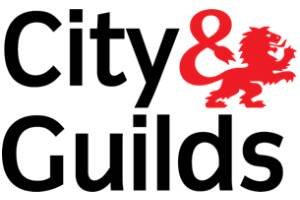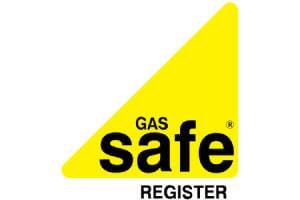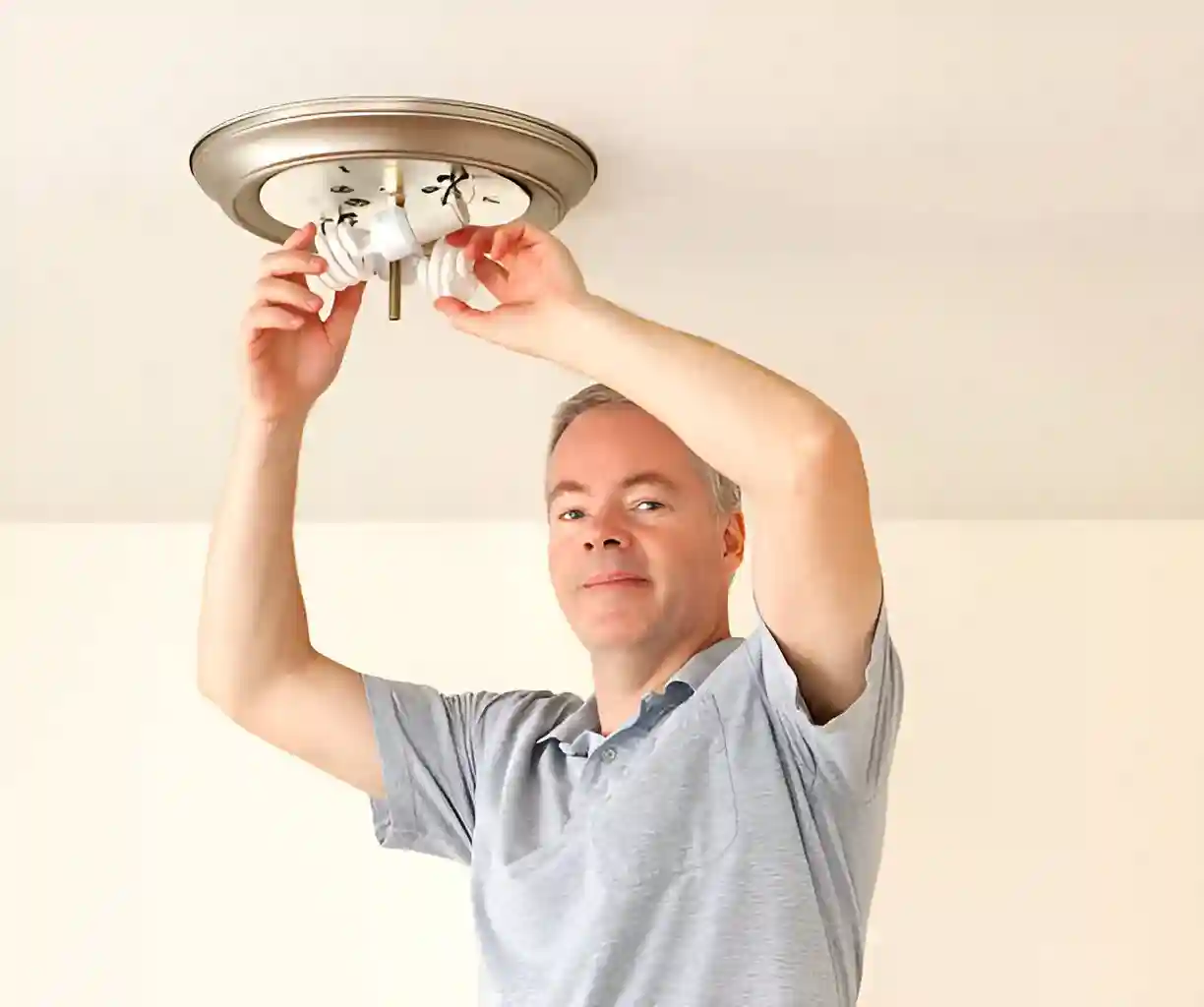
As organisations place more focus on safety and compliance, it is essential to understand the costs associated with fire risk assessments in 2025. Various factors, including property size and location, will influence these expenses. Expected regulatory changes could also affect costs. As demand for detailed assessments increases, it becomes fundamental to consider how budgeting for these evaluations can help mitigate legal and financial risks. These trends’ implications deserve further investigation.
Main Points
- Fire risk assessment costs in 2025 will differ depending on property size, complexity, and the level of detail needed in the assessment.
- Hiring certified professionals involves initial costs that depend on the building’s complexity and fire protection systems.
- Continual maintenance and regular reassessments will increase the long-term financial obligations for organisations.
- Geographical location can impact labour costs and regulatory requirements, which in turn influence overall assessment prices.
- Omitting assessments may result in legal and financial risks, so budgeting for them is essential to prevent future burdens.
What is a fire risk assessment, and why does it matter?
Performing a fire risk assessment is the first step in detecting dangerous conditions and assessing how well current safety measures work. This methodical review involves inspecting the premises to identify risks such as flammable materials, faulty electrical systems, and inadequate escape routes. It assesses the likelihood of a fire occurring and its potential consequences, ensuring that suitable safety procedures are in place.
The significance of conducting a fire risk assessment is immense. It plays a crucial role in safeguarding lives, protecting property, and minimising liability for businesses. By identifying vulnerabilities, organisations can adopt measures such as fire safety training, installing alarms, and ensuring that firefighting equipment is maintained correctly.
Regular assessments guarantee that safety measures remain effective and comply with legal standards. Ultimately, a comprehensive fire risk assessment promotes a safety culture, raising awareness and preparedness, which is essential for minimising the severe impacts of fire incidents.
Who needs a fire risk assessment in the UK?
In the UK, a fire risk assessment is essential for a range of entities, including businesses, public buildings, and residential properties. It helps identify and mitigate fire hazards, ensuring safety and compliance with relevant legislation.
The following table outlines key groups that require a fire risk assessment:
| Entity Type | Reason for Assessment |
|---|---|
| Businesses | To protect employees and customers |
| Educational Institutions | To assure student safety and compliance |
| Healthcare Facilities | To safeguard patients and staff |
| Residential Complexes | To enhance tenant safety and property value |
| Public Venues | To comply with public safety regulations |
Organisations and individuals should prioritise fire risk assessments as part of their fire safety plan. Regular reviews help uphold safety standards and minimise potential liabilities. Awareness of who requires these assessments is fundamental for effective fire risk management in the UK.
Breaking Down Fire Risk Assessment Cost
Understanding fire risk assessment cost is necessary for organisations planning their fire safety strategies. The total cost of a fire risk assessment can differ significantly depending on various factors.
Initially, there are upfront fees for hiring certified professionals to perform the assessment. These costs typically depend on the building’s complexity and purpose. Additional expenses may include materials needed for documentation and reporting, as well as the cost of providing a thorough analysis of fire dangers and safety measures.
Organisations might also face expenses for corrective actions identified during the assessment, such as installing fire safety equipment or enhancing existing safety measures.
Additionally, ongoing maintenance and periodic reassessments may require a continuous financial commitment. Ultimately, understanding these cost components can help organisations budget effectively, ensuring that comprehensive fire safety measures are incorporated into their operational plans.
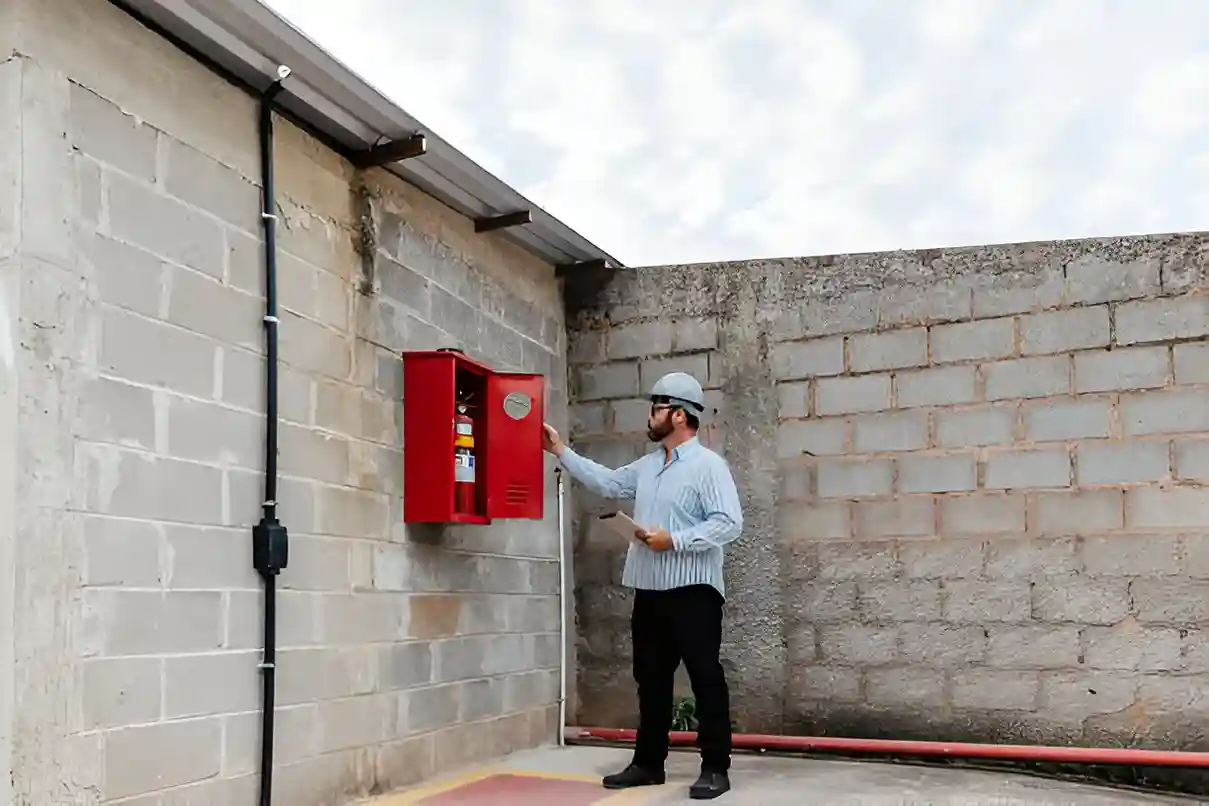
Factors That Influence Fire Risk Assessment Cost
The fire risk assessment costs are affected by several factors, which in turn influence the total cost for organisations. These factors encompass the property’s size and complexity, the needed assessment detail, and the site’s geographic location. Understanding these variables is essential for organisations when planning their fire risk assessments.
| Factor | Description | Impact on fire risk assessment Cost |
|---|---|---|
| Property Size | Larger properties need more analysis. | Increased expenses |
| Increased expenses and complexity of Systems | Complex fire protection systems need more expertise | Increased costs |
| Level of Detail Required | Detailed assessments require more time and resources | Elevated costs |
| Geographical Location | Some regions have higher labour costs or regulations | Variable costs |
Average Fire Risk Assessment Cost Across Property Types
While the fire risk assessment cost can vary considerably depending on various factors, the type of property has a significant influence on average costs.
Residential properties, such as single-family homes, typically have lower assessment costs, ranging from $300 to $600 annually. Conversely, multifamily dwellings, such as apartment complexes, can range from $600 to $1,200 because of their complexity and higher occupancy rates.
Commercial properties exhibit even greater variability; small businesses may incur costs of around $1,000, while larger facilities, such as warehouses or manufacturing plants, can incur costs exceeding $3,000 per month.
Industrial sites need comprehensive assessments, which usually cost between $2,000 and $5,000, depending on the specific hazards and regulatory obligations.
Ultimately, understanding these averages can help property owners budget for essential fire risk assessments, ensuring compliance and safety across different property types.
Landlord Safety Certification provides the most reliable service at affordable prices.
How often should a fire risk assessment be carried out?
Experts recommend that businesses conduct fire risk assessments at least once a year.
However, certain situations may require more regular evaluations. For example, any significant changes to the building’s layout, occupancy, or use should prompt an immediate re-evaluation. Likewise, after any fire incident or near-miss event, a review is necessary to identify and address potential vulnerabilities.
Additionally, regulatory requirements may specify specific frequencies depending on the type of business or industry. For high-risk settings, such as warehouses or factories, more frequent assessments may be necessary.
What is Covered in the Price of a Fire Risk Assessment?
Conducting regular fire risk assessments involves both the evaluation process and various related costs. Understanding these costs is integral for accurate budgeting and ensuring compliance with safety regulations.
The following elements typically contribute to the overall expense:
- Professional Fees: Charges for hiring qualified fire risk assessors who possess the necessary expertise.
- Site Inspection Costs: Expenses related to the physical evaluation of the premises, including travel and time required for assessment.
- Documentation and Reporting: Costs associated with the preparation of detailed reports outlining findings and recommendations.
- Follow-up Actions: Financial investment needed for implementing corrective measures identified in the assessment, such as installing fire safety equipment or conducting training sessions.
Awareness of these factors ensures that organisations can allocate the necessary resources to enhance their fire safety measures and protect lives and property.

Choosing a Competent Fire Risk Assessor: What to Look For
First, qualifications and certifications are essential. Assessors need relevant credentials, like membership in recognised professional organisations or specialised fire safety qualifications.
Additionally, experience in the field is essential; assessors with proven track records understand different environments and the unique risks related to various industries.
Moreover, an assessor’s approach to fire risk assessment should be comprehensive and methodical, emphasising adherence to current regulations and best practices. Communication skills are equally important; a competent assessor must be able to articulate findings clearly and provide practical, action-oriented recommendations.
Finally, organisations should evaluate an assessor’s reputation and client feedback. A strong reputation reflects trustworthiness and professionalism, which helps guarantee that the assessment will be carried out efficiently and responsibly.
Legal and Financial Impacts of Failing to Conduct a Fire Risk Assessment
Organisations that fail to conduct a fire risk assessment face substantial legal and financial penalties.
The absence of such evaluations can lead to a variety of challenges, which may include:
- Legal Liability: Organisations may face lawsuits if a fire incident occurs due to negligence in evaluating risks.
- Fines and Penalties: Regulatory bodies often impose hefty fines for non-compliance with fire safety regulations.
- Increased Insurance Premiums: Insurance companies may raise premiums or deny coverage altogether if a fire risk evaluation is not conducted.
- Reputation Damage: A fire incident can severely impact an organisation’s reputation, leading to a loss of clients and business opportunities.
Frequently asked questions.
Conclusion
In summary, organisations must understand the fire risk assessment cost in 2025 to maintain safety and compliance. Expenses depend on factors such as property size, system complexity, and regulatory changes, making proactive budgeting essential. Conducting detailed assessments and hiring qualified experts helps businesses mitigate legal and financial risks associated with fires, ultimately fostering a safer environment for all.

